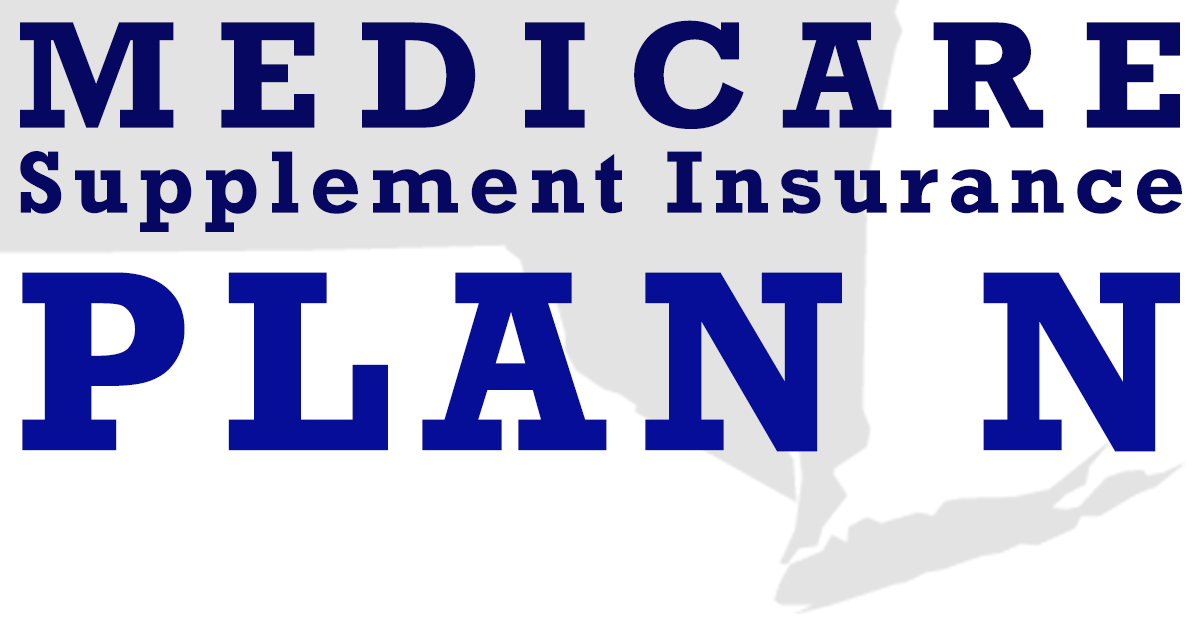Many of those interested in purchasing a Medigap policy find Medicare Plan N to be the best fit out of the standardized plans. With its balance between affordable premiums and protection against high out-of-pocket costs, Plan N has been increasingly popular in recent years. Plan N is offered in New York.
In New York, individuals can enroll in a Medicare Supplement or Medigap policy at any time during the year. Individuals who are enrolled in a Medicare Advantage plan are not eligible for a Medigap plan.
Plan N has strong coverage and lower premiums, but offers less coverage than Plan F, the most comprehensive of all the Medigap plans.
Medicare Plan N covers all the following services:
- Part A:
- deductible
- coinsurance & hospital costs up to 365 days after Original Medicare benefits are expended
- hospice care copayment or coinsurance
- Part B:
- coinsurance costs (except for a copayment for office visits and emergency room visits)
- preventive care coinsurance
- Blood used in a medical procedure (up to three pints)
- Skilled nursing facility coinsurance
- Foreign travel emergency (up to plan limits)
Part N does not cover:
- Your Part B deductible
- Any Part B excess charges
If you opt for a Part N plan, you will be responsible for paying your Part B deductible and Part B excess charges. You will also be responsible for a copay of up to $20 for doctor visits and $50 for hospital visits not resulting in admission. No Medigap plans include prescription drug coverage. Individuals with a Medigap plan seeking such coverage will need to purchase a Part D plan.
While all Medigap plans are standardized, premiums may differ based on where you live and who your health insurance provider is. Plans may base premiums based on either the community at large, your age when you first enroll, or your age each policy year (attained age). While attained age plans may start out with the lowest premiums, costs will increase each year as you age. Thus, it is important to select the right plan from your initial enrollment. All plans may raise premiums to adjust for inflation, so no plan will allow you to permanently “lock-in’ your current premium.
The best time to enroll in a Medigap policy is during your initial open enrollment period, when you have a right to enroll in any available Medigap program, regardless of your health status.
If you have already passed that period, the second-best time is now. After the initial enrollment period, insurance companies are permitted to use medical underwriting to charge higher premiums based on health status.
